By: Manisha Sahu
America News World
October 07, 2025
In a brazen operation on March 11, 2025, militants from the Balochistan Liberation Army (BLA) intercepted the Jaffar Express in a remote, mountainous stretch of Balochistan and held its passengers hostage, triggering one of the most audacious attacks in recent memory. The incident not only underscores the BLA’s operational audacity but also casts a harsh spotlight on the enduring grievances fueling the Baloch insurgency—an unresolved conflict with roots stretching back decades.
What Happened: The Jaffar Express Hijacking
The Jaffar Express, running from Quetta to Peshawar, was ambushed between Pehro Kunri and Gadalar in the Bolan area of Kachhi district, Balochistan. The train had about 380 to over 400 passengers on board when armed militants reportedly blew up tracks, detonated explosives in tunnels, and opened fire, forcing the train to a halt.

In their claim, the BLA said they had killed 20 Pakistan Army personnel, downed a military drone, and were holding 182 hostages, including soldiers and intelligence officers. The group demanded the release of Baloch political prisoners, giving Islamabad a 48 hours ultimatum.
The Pakistani military responded with a large-scale rescue operation—Operation Green Bolan—that reportedly freed 354 hostages and eliminated all 33 militants involved. The official death toll: 64 people—including 18 soldiers and 46 civilians—though casualty figures remain contested.
Following the ordeal, Pakistan Railways suspended services along the route and the railway infrastructure sustained substantial damage. The attack has resonated across Pakistan, drawing brief but intense condemnation from political leaders, while analysts warn of far-reaching implications for security, regional stability, and infrastructure investments.
The hijack represents a serious escalation: few insurgent movements worldwide have attempted to hold an entire passenger train — replete with civilians and security personnel — hostage. Chatham House called it a “watershed” moment in the insurgency.
The Roots of Insurgency: A Fractured History
To understand why such an audacious strike was possible, one must trace the long arc of Balochistan’s fraught relationship with Islamabad.
Early Rebellions and Marginalization
When Pakistan was born in 1947, Balochistan’s rulers (notably the State of Kalat) initially resisted joining the new country. In 1948, Prince Agha Abdul Karim launched armed resistance against accession, sparking the First Baloch Rebellion. Over the following decades, further insurgent uprisings erupted in 1958–59, 1963–69, and 1973–77, each time driven by grievances over political autonomy, resource control, tribal power, and federal intervention.
The 1970s saw a particularly violent episode: Prime Minister Zulfikar Ali Bhutto dismissed the provincial government, sparking a full-scale military crackdown in Balochistan.
The 2000s Rebirth & the Role of Bugti
A lull in insurgent activity persisted until the early 2000s. The turning point came in 2006, when Nawab Akbar Khan Bugti, a powerful tribal leader and outspoken critic of Islamabad’s resource policies, was killed by Pakistani forces in a military operation. His death reignited Baloch nationalist fervor and catalyzed the modern insurgency.
In this phase, the Balochistan Liberation Army (BLA) emerged (circa 2000) and began targeting security forces, infrastructure, railways, and energy projects. Secondary groups, like the Balochistan Liberation Front (BLF), also surfaced to expand the insurgency into new locales.
Contemporary drivers of conflict include:
Resource exploitation: Baloch nationalists argue that Karachi, Punjab, and Islamabad reap disproportionately from Balochistan’s mineral and fossil fuel wealth, leaving locals deprived.
Economic neglect: Infrastructure, education, and livelihoods lag behind national standards.
Security operations & disappearances: Heavy militarization, enforced disappearances, and suppression of dissent have fueled resentment.
Strategic projects: China-Pakistan Economic Corridor (CPEC) and Gwadar port projects are flashpoints; local actors see these as resource grabs with minimal local benefit.
Evolving tactics & recruitment: Over time, Baloch insurgents have adopted more sophisticated methods — sabotage, suicide attacks, urban operations, and use of social media for propaganda and recruitment.
Analysts often refer to the current phase as the “fifth wave” of Baloch insurgency, with increasing lethality and reach.
Also read:- “Landslides Devastate Darjeeling: 14 Dead, Sikkim Cut Off Amid Heavy Rains”
A Surge in Recent Attacks
Even before the train hijack, Baloch militant activity had intensified across the province.
In August 2024, the BLA launched Operation Herof , targeting highways, police posts, and civilian vehicles. More than 70 people died, including 23 civilians said to be from Punjab used as targets in ethnic purges.
In July 2025, a coordinated offensive by BLF, dubbed Operation Baam, struck at multiple military and governmental targets across several districts, signaling militant groups’ evolving ambition and coordination.
Other sporadic bombings, including IED attacks on buses or railway segments, have disrupted transport and heightened public fear.
These attacks not only challenge the state’s control but also threaten Pakistan’s larger strategic investments in Balochistan.

What This Hijack Means for Pakistan & the Region
The Jaffar Express hijacking is far more than a tragic assault; it is a statement of capability and intent. By targeting civilians en masse, militants aim to project strength, force dramatic policy responses, and undermine public confidence in Islamabad’s ability to ensure security.
Yet, analysts caution that mere force won’t solve the problem. Chatham House has argued that Islamabad’s militarized approach, heavy-handed reprisals, and lack of political accommodation may further alienate the Baloch public. For any lasting peace, Pakistan may need to revisit federal-provincial relations, resource-sharing, and local political inclusion.
Internationally, the hijack will raise concerns among investors and foreign partners—particularly China, whose investments in Balochistan (notably CPEC) are vulnerable to insurgent disruption. The operation may strain Pakistan’s defense resources, redirect intelligence assets, and force strategic recalibrations.
As for the casualties, conflicting figures from both sides suggest that the full human cost and operational lessons are yet to be assessed. The BLA’s claim of executing 214 hostages stands in stark contrast to Pakistani counts, underscoring the murkiness of information in conflict zones.
The hijacking of the Jaffar Express is more than an isolated attack—it is a dramatic manifestation of long-standing fault lines in Pakistan’s periphery. For the Baloch insurgency, it symbolizes a shift: from hit-and-run guerrilla tactics to bold, high-stakes operations. For Islamabad, it is a stark reminder that military responses alone may not suffocate a rebellion born of decades of alienation and structural inequities.
In the days ahead, all eyes will be on how Pakistan balances security clampdowns and political overtures, and whether Balochistan’s restive heartbeat can finally find a path to durable peace.
Discover more from AMERICA NEWS WORLD
Subscribe to get the latest posts sent to your email.
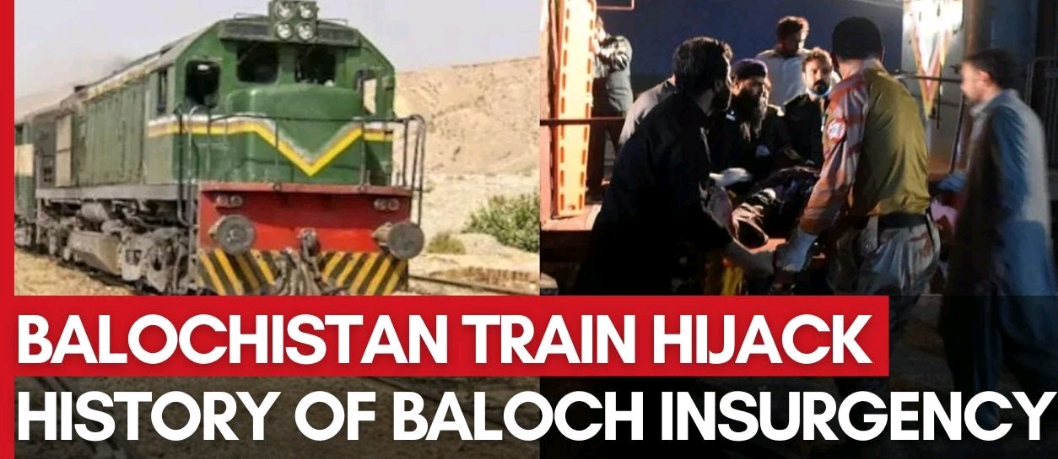



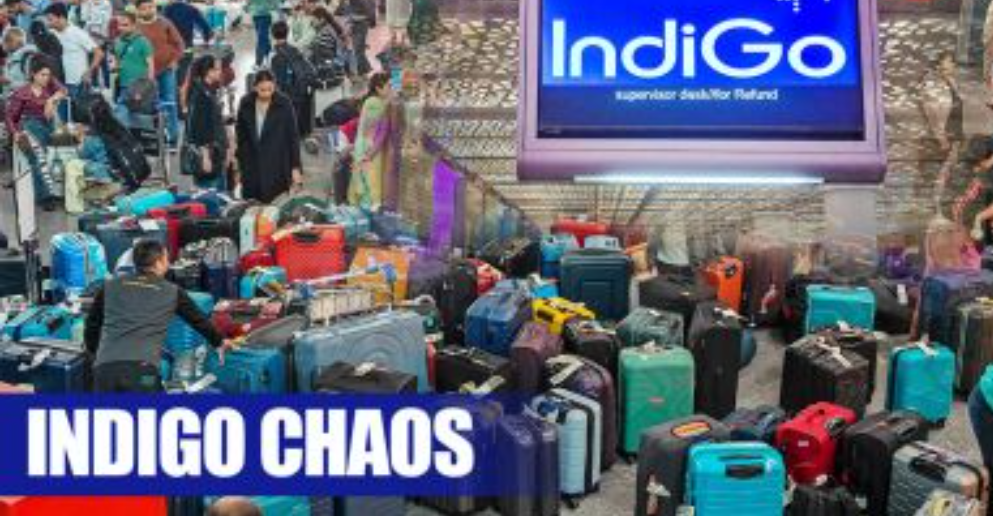
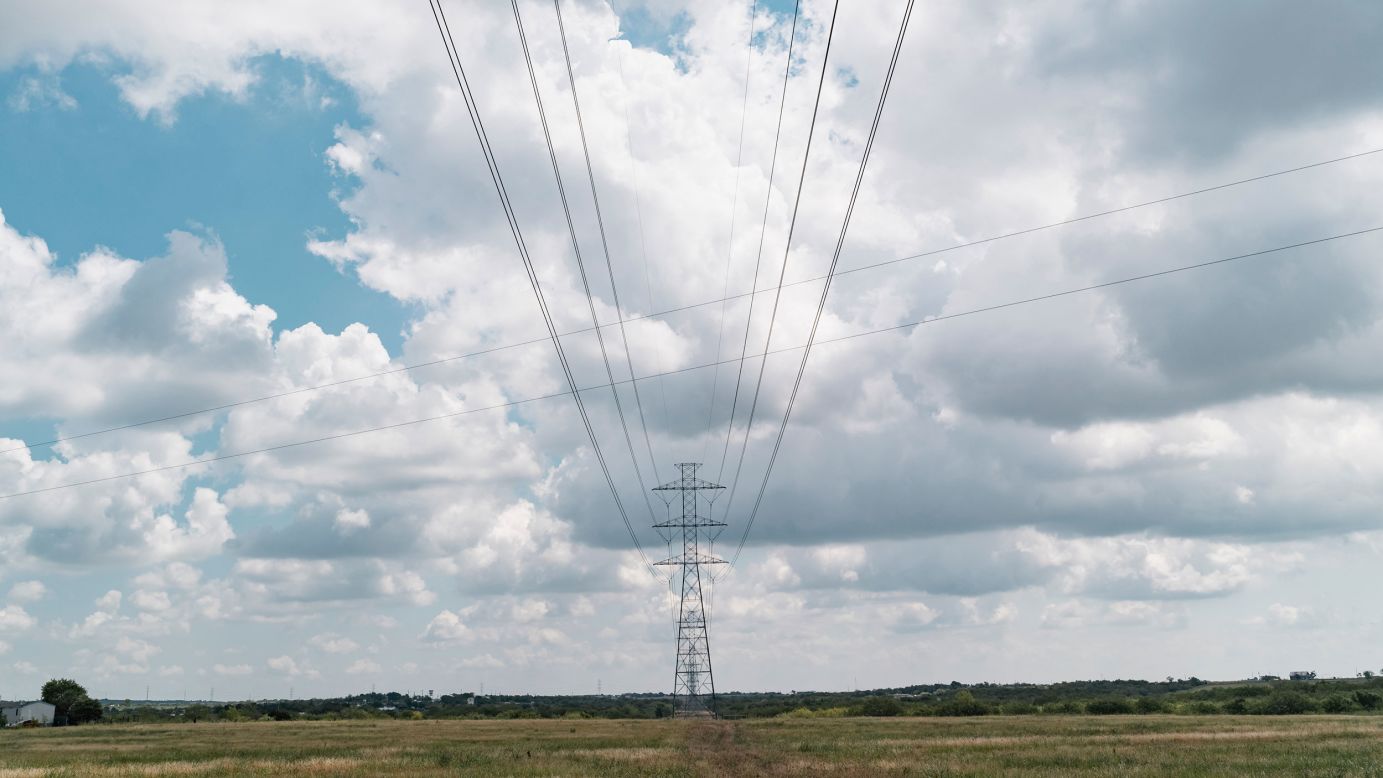


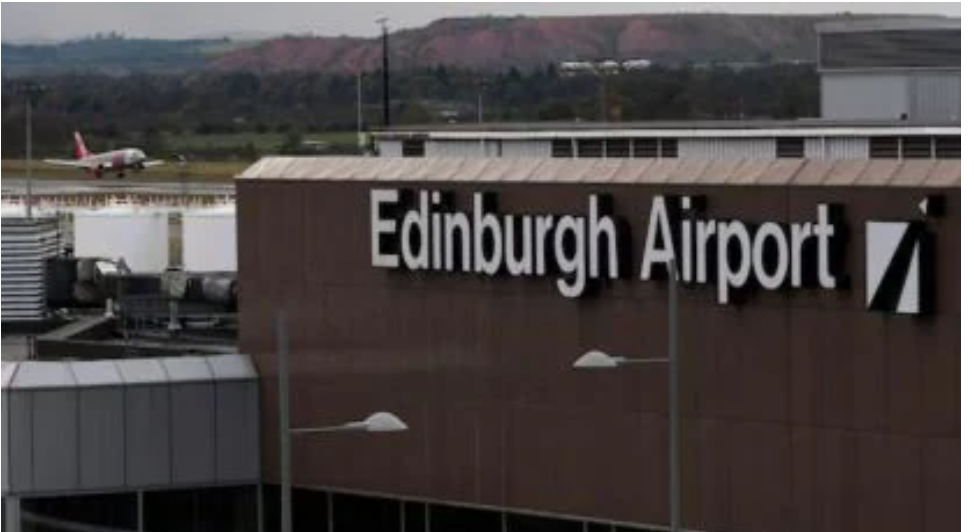



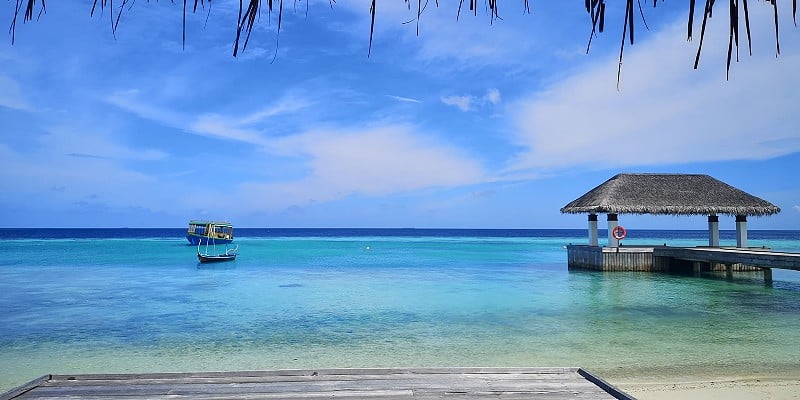
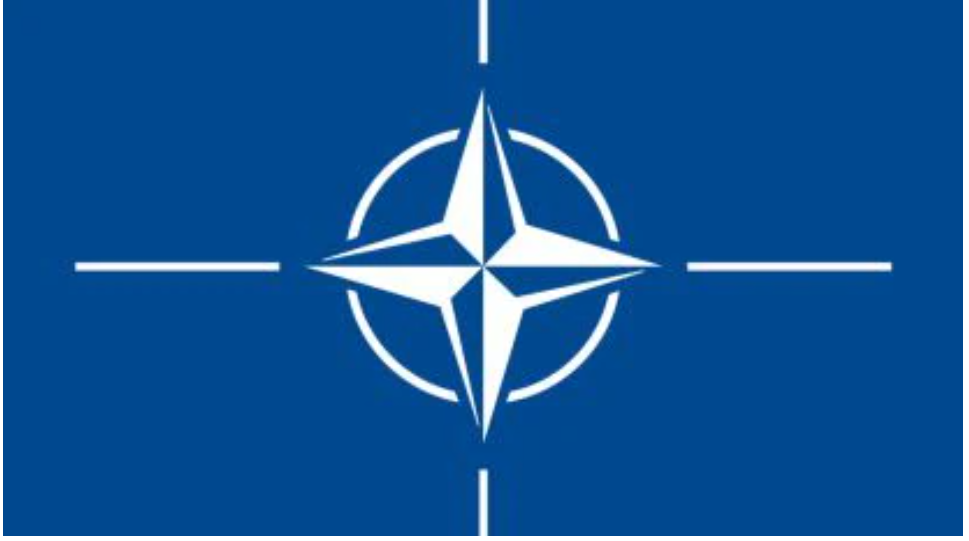


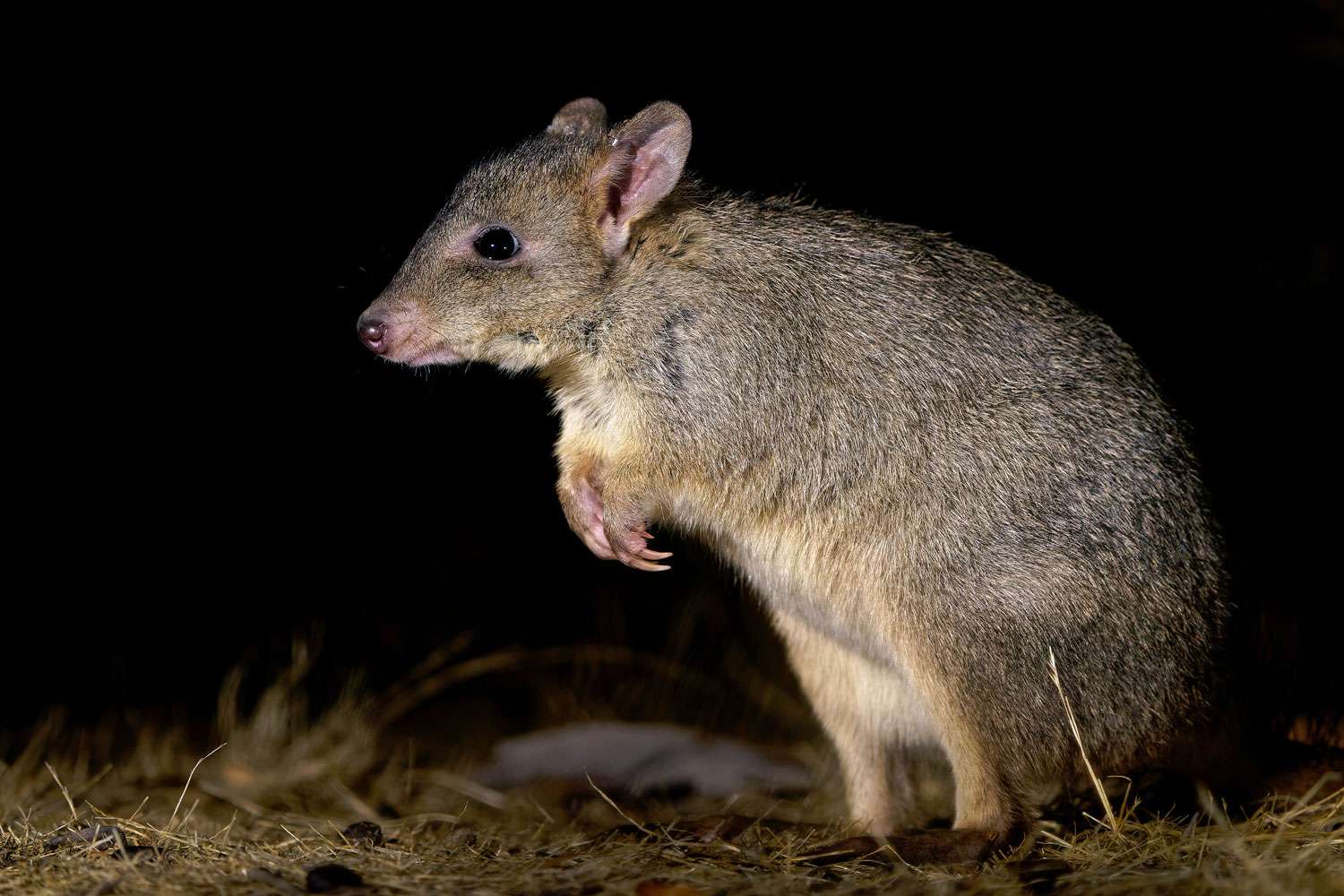

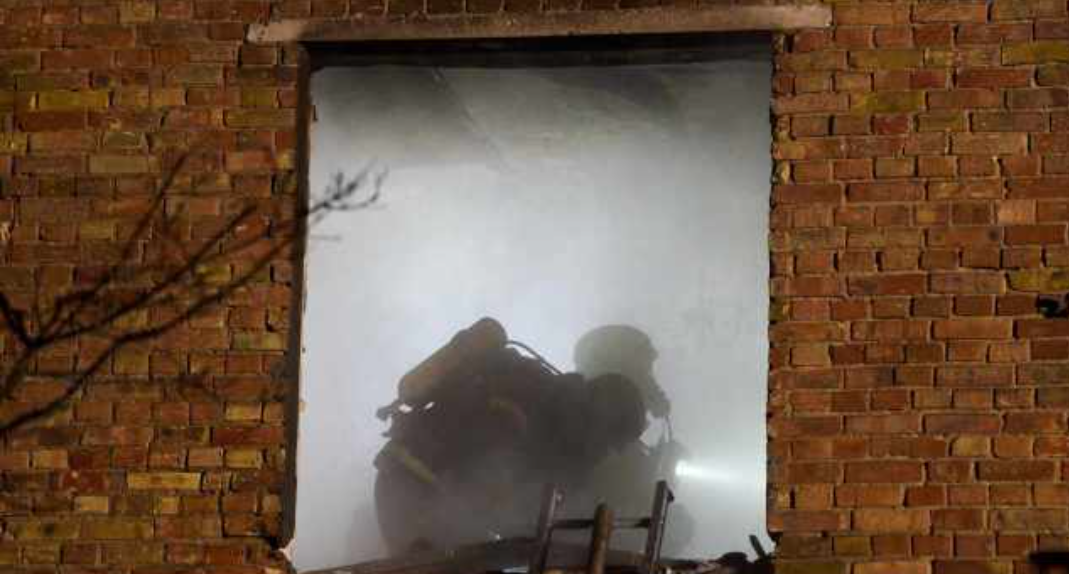
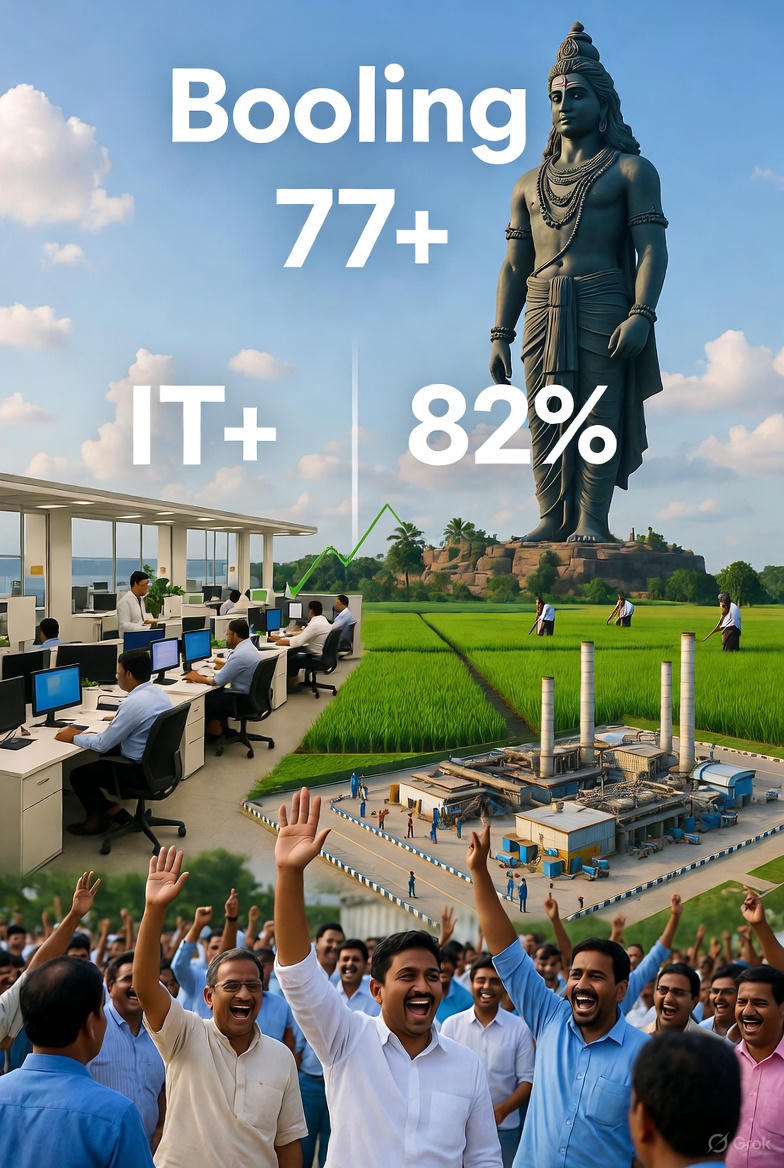






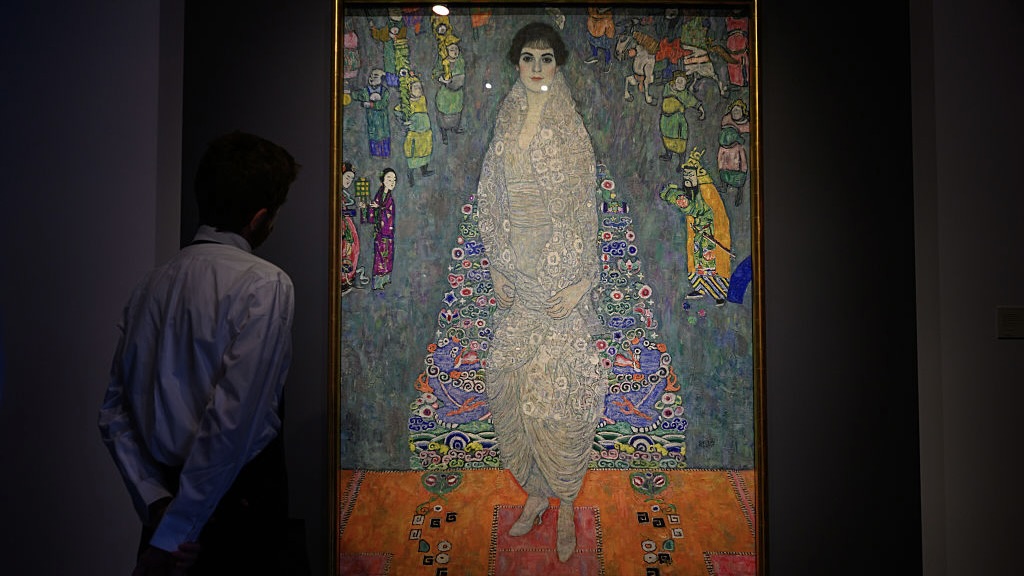





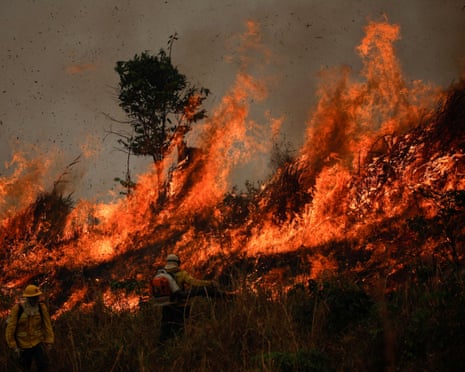
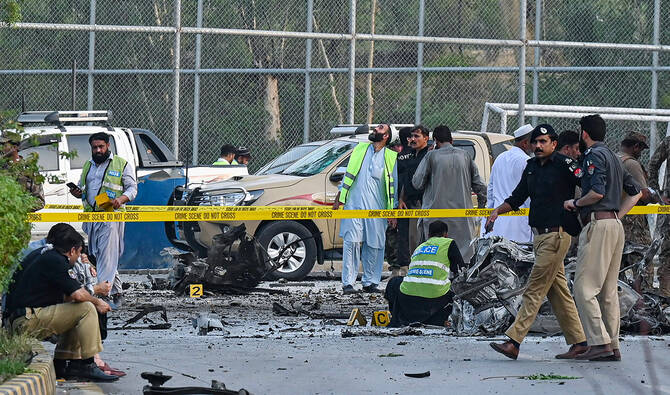


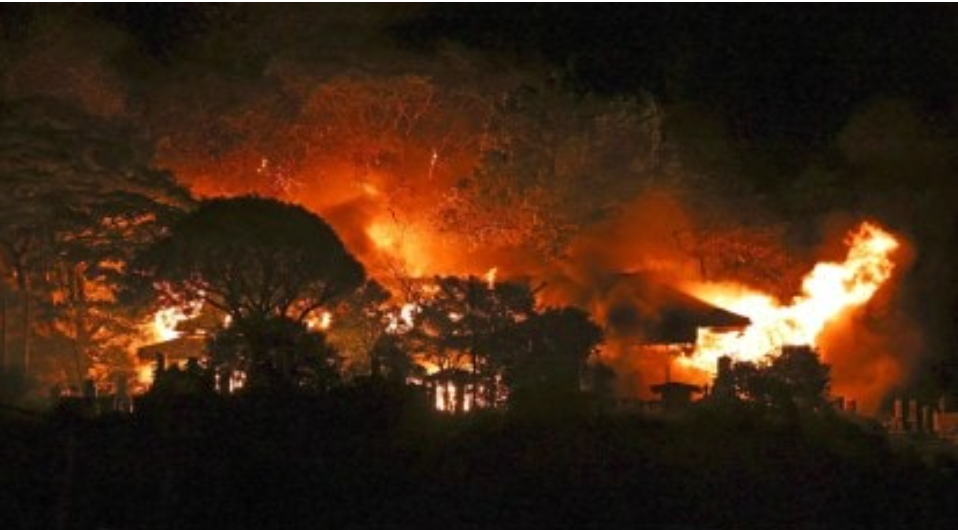




Repeated Attacks: Jaffar Express Derails Again After Blast in Sindh - AMERICA NEWS WORLD
[…] “Pakistan Train Hijacking: Inside the Baloch Insurgency Behind the Jaffar Express Attack” […]